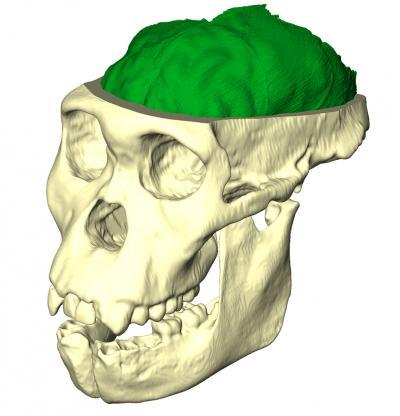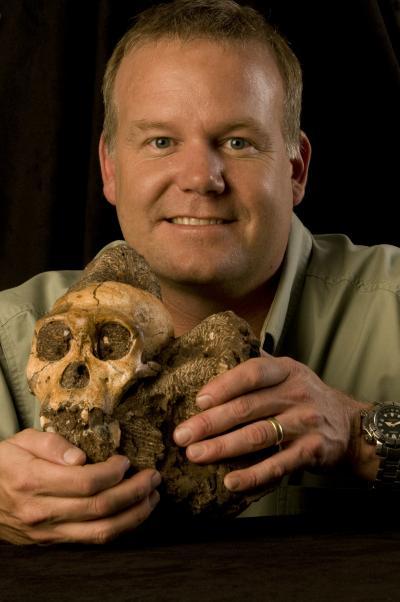"The fossils demonstrate a surprisingly advanced but small brain, a very evolved hand with a long thumb like a humans, a very modern pelvis, but a foot and ankle shape never seen in any hominin species that combines features of both apes and humans in one anatomical package. The many very advanced features found in the brain and body, and the earlier date make it possibly the best candidate ancestor for our genus, the genus Homo, more so than previous discoveries such as Homo habilis."
Since its discovery in August 2008, the site of Malapa has yielded well over 220 bones of early hominins representing more than five individuals, including the remains of babies, juveniles and adults.
Given the open science policy of the team, sediba is already one of the best studied hominin species yet discovered.
The team studying these fossils is one of the largest ever assembled in the history of archaeology or palaeontology. With more than 80 scientists, students and technicians from across the globe involved in the study, the teams expertise range from geologists, computer specialists, functional morphologists and anatomists, to physicists.
This is one of the largest collection of scientific papers ever produced by an African based team or University, on a single subject to be published in a journal of this impact level.

Au. sediba (MH-1) skull reconstruction (opaque) with endocast (green, opaque) partially visible as a result of virtual craniotomy.
(Photo Credit: Dr Kristian Carlson, courtesy of the University of the Witwatersrand)

Professor Lee Berger, reader in human evolution at the University of the Witwatersrand, Johannesburg, holds the cranium of Au. sediba (MH-1).
(Photo Credit: University of the Witwatersrand)
Source: University of the Witwatersrand